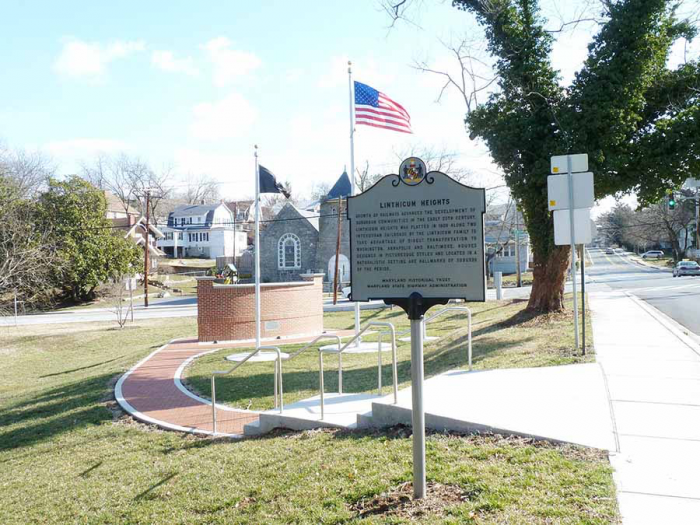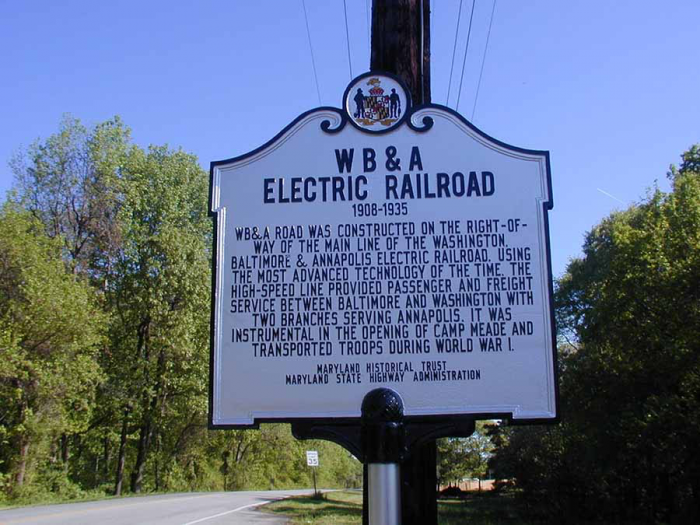Okay, so we know Annapolis is old. Like…really old. Just take a stroll down Maryland Avenue, Church Circle, or park it on a bench at City Dock next to Ego Alley! Everywhere you look, there’s a building that could range from more than 400 years old, to 10 years old, to brand-spankin’-new (talk about expensive real estate!). But the buildings are just half the story. Of course, when thinking about how and why these structures were built, we have to dig deeper into the economy of the time, the needs of the citizens in Anne Arundel County, and what outside factors (war, social and political climate changes, immigration, technological breakthroughs, more war…) played a part.
The Old South River Club
Starting at the very beginning, before America was even really a thing, there was the Old South River Club. Although a fire in 1740 destroyed membership records and the original clubhouse, salvaged evidence collected through several excavations suggest the club itself was established by at least 1732, possibly as early as 1700.
 Property of the Maryland Historical Trust
Property of the Maryland Historical Trust
Located on Collisions Corner, on the aptly named South River Clubhouse Road, the current structure dates back to 1742, built as a replacement after the catastrophic fire two years prior.
 Property of the Maryland Historical Trust
Property of the Maryland Historical Trust
The one-room clubhouse has been the meeting place for members of the South River Club for almost 280 years, and every single meeting’s minutes have been kept. Wouldn’t that archive library be a sight to behold! If you’re thinking, “Cool! How do I join?” I’m about to burst your bubble. The present membership count is only twenty-five people, most of which are direct descendants of past club members. The club was founded to replicate clubs of similar social importance back in the Mother Country (England), and membership was only available to the elite members of society of Anne Arundel County, including prominent land owners, merchants, the local doctor, and the local clergyman.
Curtis Creek Furnace
A half-mile east of Ritchie Highway, if you look on the South side of Furnace Creek, you’ll see a historical marker for the Curtis Creek Furnace. While nothing of the structure remains, the marker stands as another reminder of an era gone by.
 Property of the Maryland Historical Trust
Property of the Maryland Historical Trust
Established in 1759, the Curtis Creek Furnace was strategically placed in a central location in Anne Arundel County, along a heavily traveled road. Back in the eighteenth century, luxuries such as iron, brick, and coal were harder to come by, especially since almost ninety-four percent of goods had to be imported (and taxed) from England. By building a furnace in a populated area, new immigrants to the colony of Maryland had a (slightly) easier time building and maintaining a comfortable homestead.
It’s funny now to think back through the centuries, and how things like heating, A/C, and structural building supplies are just as accessible as Hershey bars and Utz chips. Gosh, they had it rough back then, didn’t they? By the early 1800’s, these items became increasingly more accessible, and the furnace was abandoned altogether in 1851.
Annapolis Water Company
As you can probably guess, Anne Arundel County is no stranger to tragic fires. Following one of these many fires at the State House in 1863, the Maryland General Assembly finally learned a lesson and chartered the Annapolis Water Company.
 Property of the Maryland Historical Trust
Property of the Maryland Historical Trust
By 1866, William Rich Hutton, a respected and in-demand civil engineer, had designed and built several impressive aqueduct structures throughout Anne Arundel County, including several huge concrete pipes that carried water directly to Annapolis. Headquarters for these operations was here, at the Annapolis Water Company.
 Property of the Maryland Historical Trust
Property of the Maryland Historical Trust
Still on the property, you can see a late nineteenth century engineer’s residence, two settling basins, reservoir and dam, and a state-of-the-art 1907 pump house. Although the aqueduct system has long since handed the baton over to sprinkler systems and fire hydrants, it’s pretty cool to see ancient Roman engineering implemented right here in Anne Arundel County!
Linthicum Heights
 Property of the Maryland Historical Trust
Property of the Maryland Historical Trust
By the early twentieth century, Anne Arundel County had become a hub for population growth and new “suburban” towns. Thanks to the railroad industry, travel and trade had become common for citizens, and more and more families looked for a more urban setting to call home. The Linthicum family noticed this movement, and platted Linthicum Heights in 1908. By positioning their newly-founded town along two interurban railroads, it gave potential residents everything they wanted: access to rural farms as well as a quick travel route to urbanized cities like Baltimore, Washington, and Annapolis.
 Property of the Maryland Historical Trust
Property of the Maryland Historical Trust
If you’re ever up for a drive, I strongly recommend rolling through the historic district of this unique little town to check out some of the very best early twentieth century architecture in Anne Arundel County. The families hand selected by the Linthicum family to establish their homes on the newly platted land were required to build beautiful, picturesque houses that would appeal to outsiders and attract new residents. I’d say they did a pretty good job!
Washington, Baltimore and Annapolis Electric Railroad
The most advanced railroad technology of the early twentieth century was the electric railroad. Its purpose was not for transporting goods from rural to urban areas, but rather solely for passenger transport. Electricity was the “shiny new penny”, and everyone wanted to get their hand in the pot. The Industrial Revolution was in full swing at the turn of the century, and electricity wasn’t just for the rich and elite anymore. As more and more households were installing electric lights, this convenience became readily accessible to just about everyone.
 Property of the Maryland Historical Trust
Property of the Maryland Historical Trust
The WB&A Road was constructed with commuter travel in mind, but it played a bigger role eventually. With the outbreak of World War I, every resource that could prove useful to the cause was utilized - including the Washington, Baltimore and Annapolis Electric Railroad. This railway played a direct role in the opening of Camp Meade, and continued to transport troops throughout the war. By 1935, the Great Depression had taken several huge hits to the economy of Anne Arundel County and Maryland as a whole, and the once-commonplace commodity of electric railway transport was no longer feasible to most people. The railway and passenger cars were disassembled in 1935, and the salvaged hardware was put to use in other ways - mostly construction of factories and other employment-heavy programs.
So you see, the buildings are beautiful and everything, but the people who built this place into what it is today are the real MVPs. All in all, Anne Arundel County has - by far - the richest history of any city in America. Of course, I’m not biased or anything. *Wink*
Images property of the Maryland Historical Trust








